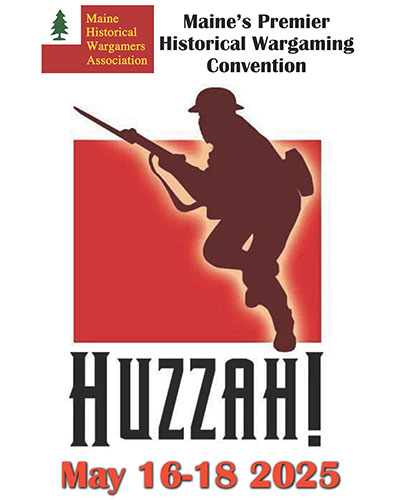When playing War at Sea it is easy to go for the big battleships with all their guns, they were the backbone of WWI navies, or the aircraft carriers and the plethora of fighters, bombers, dive bombers, and etc, carriers replaced the battleship in WWII and that war showed the world the first battle where the two sides didn’t even see each other face-to-face.
It is also easy to go for the cool silent terror of U-boats and submarines. They terrorized the Atlantic and are now a mainstay of any modern navy with their ICBMs. Back in WWII they were clunky, dirty, and loud but they revolutionized naval warfare and were instrumental in every theater of operations.
![]() It is the easiest to ignore one of the most important types of ship in the entire game, the destroyer. Destroyers were one of the most numerous vessels in the war and in the game they should be one of the most numerous ships in your fleet. They are low in points, provide decent anti-air capabilities, can usually take out subs, some have torpedoes, and they usually have cool special abilities that can help you in a bind.
It is the easiest to ignore one of the most important types of ship in the entire game, the destroyer. Destroyers were one of the most numerous vessels in the war and in the game they should be one of the most numerous ships in your fleet. They are low in points, provide decent anti-air capabilities, can usually take out subs, some have torpedoes, and they usually have cool special abilities that can help you in a bind.
There are two particular destroyers that have a major impact in the game and should always be fielded. For the Axis players there is the German Z 20 Karl Galster. Those Allies players have the HMS Javelin.
In most respects the two ships are identical. They have Speed 2, were constructed in 1939, Armor 2, Vital 7, Hull Points 2, Main Gunnery (5, 5, 4), Anti-Air (5), and two special abilities.
They differ in their points cost, ASW, Torpedoes, and what their special abilities do. The Javelin costs 9 points and gives players ASW (5), Torpedoes (2, 2, 1) whereas the Galster costs 8 points giving players ASW (4), Torpedoes (2,2).
The most important differences are their special abilities. The Javelin is a famed sub killer. It has a Sub Hunter![]() ability that allows you to move it right next to a sub at the end of your movement phase thereby giving you a shot at killing the sub. It also has a great defensive ability called Lay Smoke Screen. As the name suggests you forgo attacking and instead launch smoke, which gives defensive bonuses for the sector its in (concealment and blocks line of sight).
ability that allows you to move it right next to a sub at the end of your movement phase thereby giving you a shot at killing the sub. It also has a great defensive ability called Lay Smoke Screen. As the name suggests you forgo attacking and instead launch smoke, which gives defensive bonuses for the sector its in (concealment and blocks line of sight).
The Galster, on the other hand, has a defensive ability called Chase the Salvoes in which it can evade all damage from battleships (only Main Gunnery attacks) on a roll of 5. More importantly is the Close Escort ability. Close Escort allows you to put 3 friendly ships in a sector instead of 2. In essence, you can beef up security of those large battleships or fragile carriers with a couple of these parked beside them.
Close Escort and Lay Smoke Screen are two of the most overlooked abilities in the entire game. There have been many times that Lay Smoke Screen has pulled out a win for me or prolonged the inevitable long enough to heavily damage my opponent. Close Escort has been a thorn in my side for too many games and is a force to reckon with.
One of the deadliest combos I’ve seen is a Bismark (also Yamato, or Vittorio Veneto) with 2 Z 20 Karl Galsters protecting it. And, a Javelin guarding the Enterprise or Richelieu is incredible!
In closing, the big ships may be tempting with their guns and landing strips but the workhorses of any fleet are the destroyers who let your shiny weapons do their job. Without the destroyers the carriers would sink, the battleships would succumb to dive bombers, and the subs would squish like a soda can.


